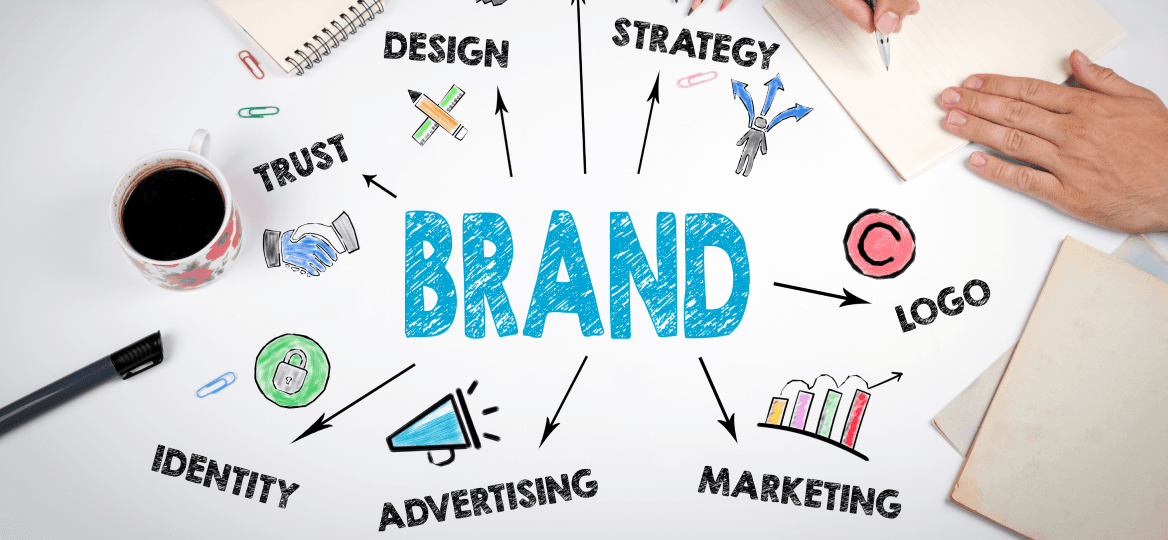In a world brimming with choices, your brand’s identity is the beacon that guides perceptions and cultivates connections.

Your brand identity is the most powerful tool in building credibility. If it’s going to drive brand awareness, it needs to be distinctive. From brand positioning, logo design, design systems, and packaging, we collaborate closely with your key people to ensure your branding embraces the essence of your business
3-4 Hours
We’ve worked with brands from a huge range of industries to showcase their difference through strategic design that positions them perfectly.
1st Week
Equipped with insights from our discovery sessions, our branding experts will set out the strategic view of your brand identity, from positioning and tone of voice, to complete visual identity.
2nd Week
We’ll immerse ourselves in your business, undertaking a series of workshops and audits to pinpoint your unique proposition and identity.
3-5 Months
Guided by your vision and values, our branding services will bring your new brand to life with artistic flair and attention to detail, to create a brand that is unique and memorable.
LET’S TALK
In the dynamic landscape of product design, where user satisfaction is paramount, leveraging robust user research methods is the key to creating products that resonate with your target audience. These methods provide invaluable insights into user behaviors, preferences, and pain points, allowing you to craft a user experience that goes beyond expectations.
Let's TalkCatch your audience's eye with a future-forward logo design and color palette for your brand.
Enrich your brand identity by authentically representing your mission, vision, and values.
Unlock your brand's potential with tailored strategic planning and expert insight.
Speak the language of your users with a design language system that communicates your brand.
Gain insights into your brand's visual impact with a deep-dive analysis and audit.
Craft a powerful narrative with a content strategy that resonates with your audience.
FEATURED WORK
Our user experience design process is rooted in fundamentals. We start by defining user personas and mapping out user journeys, ensuring a personalized and targeted approach. We don’t rely on shortcuts or one-size-fits-all solutions. Instead, we focus on meaningful and relevant interactions tailored to your specific audience.
Validate the concept for a new release with user perspectives before the actual investment.
By learning from others' mistakes or best practices, your product can outrun the competition
Test your product principles and design elements against user habits, problems, and expectations.
Understanding the dependencies and mechanics behind focus areas helps improve KPI performance.
A design system is essentially a collection of guidelines, principles, and repeatable components that form a company’s definitive approach to designing and building digital products. When multiple teams work on different parts of a product, or entirely different products, inconsistencies in the look and behaviour of these products become inevitable over time. The adoption of a design system aims to solve this by allowing teams to create better digital products that provide users with a consistent visual and interactive experience across the whole suite.
As well as enhancing the end-user experience, the building blocks and standards in a good design system also substantially improve the lives of design and development teams, delivering a range of efficiency and productivity benefits.

We’re a goal-oriented Consulting, Technology & Outsourcing Firm, helping global customers to accelerate business transformation with innovative, secure and scalable business solutions.
Contact Us